Different Cooking Salts to Use
Published January 26, 2022. This post may contain affiliate links. Please read my disclosure policy.
There are so many different cooking salts you can use so I show you 7 popular salts to use to help elevate the flavor of your food. Some of these salts are great for cooking while others are great at finishing.
Whether you are making a tasty brine for corned beef or finishing a sauce like bechamel, seasoning food with salt is crucial to ensuring your food tastes delicious.
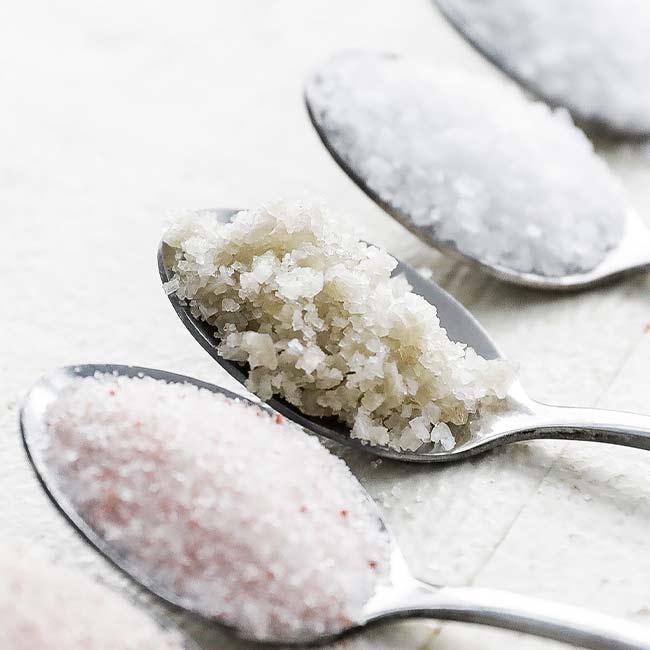
The use of salt dates back several millennia. It was often used to help preserve foods, like animal protein, and of course, was used in seasoning food. I’m not sure there is an easier way to make food taste great than using salt. It’s cheap, accessible, and can make your food pack a punch in the flavor department.
While this list is not exhaustive by any means, here are some common salts that I use in my everyday cooking.
Table Salt
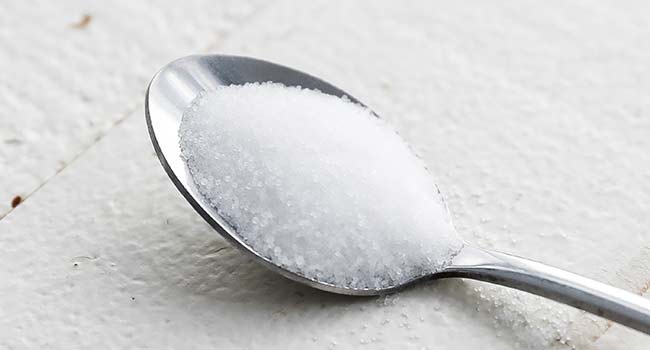
Also known as iodized salt, table salt is mined rock salt that is purified to mostly sodium chloride, which is the chemical name for salt. It’s then mixed with some anti-caking agents, often sodium aluminosilicate which no offense is loaded with junk, to ensure it pours easily.
A lot of folks say this salt is the best because it is enhanced with iodine, which is beneficial for thyroid health. However, you can get iodine from other natural foods like fish, milk, cheese, eggs, etc. I don’t ever use table salt, however, I feel that its best use is seasoning French fries because the small grains will stick to French fries unlike bigger salt grains like sea or kosher salt, although you could just buy the fine ground version of those salts as well.
Table salt is very cheap and extremely accessible, and I find you use less when seasoning because it’s so fine and can spread easily on everything you season. You may also sometimes notice a slightly bitter aftertaste.
Kosher Salt
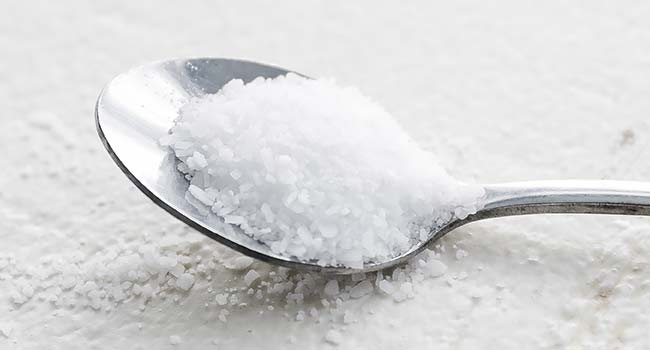
Kosher salt is essentially identical to table salt, but the crystals are much larger, and there is no added iodine. I remember hearing on the first day of culinary school how important it was to learn to transition away from table salt and into kosher salt. I remember learning to season with those large chunks of salt and just how much better everything tastes.
You will use more of this salt than table salt when seasoning because the crystals are so big, however, the flavor is so much more intense. Kosher salt is a perfect table salt replacement if you’re looking for more intense salt flavors on your food, but you won’t be shaking it out of a shaker, you’ll be seasoning by hand. Honestly, you can use kosher salt in just about every recipe out there. It got its name because it is used in making meat kosher.
It’ll cost you a bit more than table salt, but still very cheap. However, make sure you read the labels because some brands will use anti-caking agents
Sea Salt
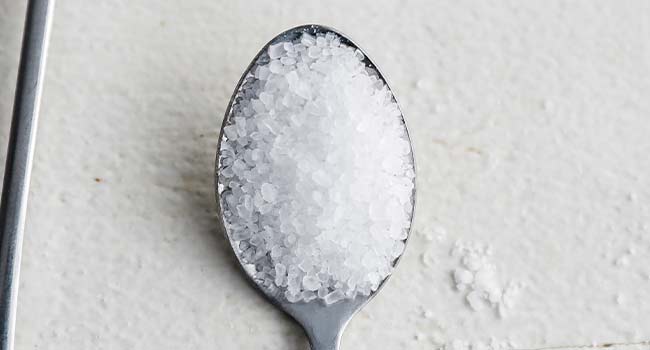
Sea salt is evaporated seawater and depending upon where it came from the mineral content can vary. I almost now exclusively use sea salt in my recipes. It’s just a very low processed natural ingredient and I love the slight saltiness of it, the crunch. These days, I almost exclusively ever buy and use the coarse version of this salt and use it on just about everything from baking, to grilling, to finishing sauces.
Because sea salt requires a bit of labor to make it, you’ll find that it does cost a bit more than table or kosher salt. In addition, sea salt is commonly smoked to add tasty would flavors to it which then turns into smoked salt and can be used in a myriad of recipes.
Grey Salt
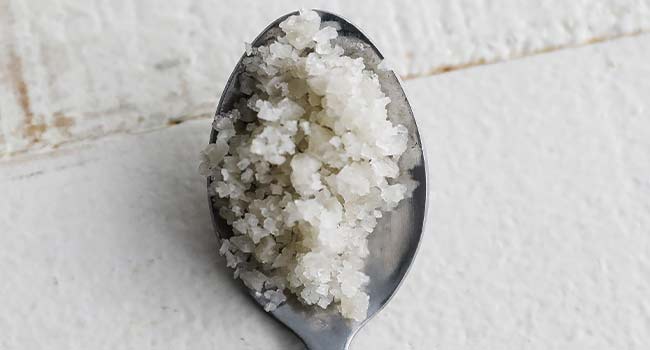
Also known as Celtic salt is harvested with wooden rakes from the lower floor of salt tidal pools around France. It has less sodium than regular table salt and is much higher in mineral content. It has a bright almost brine-like tang flavor to it, due to mineral content, and is obviously typically gray in color.
It’s a fantastic cooking salt and can be used in every recipe you make. This is a moister salt so it doesn’t necessarily sprinkle with ease because it can clump together slightly. Because of its large soft crystals, it’s great to finish protein with, especially fish and pork, as well as vegetables.
Himalayan Salt
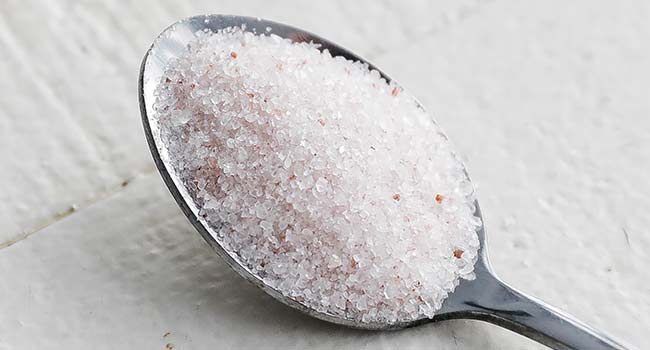
This salt is mined in the Himalayan mountains of Pakistan and while it is mostly sodium chloride, the traces of iron oxide are what gives it its pink color. In addition, it’s said that Himalayan salt has up to 84 other minerals in it, which is why I guess people go crazy over it. The flavor of it however is very similar to a table or kosher salt, but with a much cleaner finish with almost no bitter aftertaste.
Because you can buy big slabs of it, you’ll often see this pink salt used as a cooking stone on the grill or in the oven where you cook your food directly on the hot salt to not only cook it but naturally season it.
You can buy this in big slabs, large crystals, coarse, fine, superfine, I mean if they sell it they’re going to have any size you want. This is a pretty salt to finish meat or veggies with because of its beautiful pink color and crunch. There are also other pink salts like Andean or Hawaiian as well.
Mine Salt
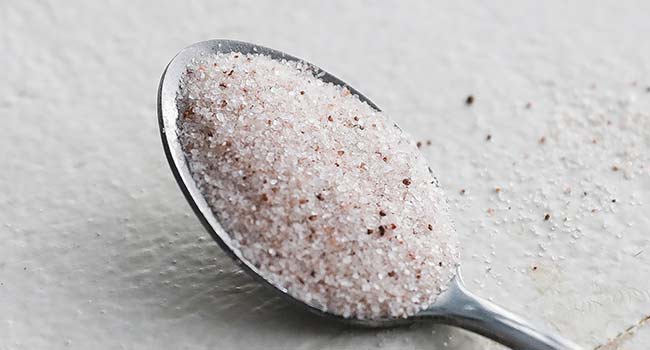
For lack of a better name, I call this one mine salt. This is unrefined sea salt that is harvested in underground salt deposits. The one I’m most common with is the one in Redmond, Utah which is from an ancient inland sea known as the Sundance Sea.
Since it’s mined underground it is naturally a very dry salt that is loaded with over 60 plus trace minerals. This salt can be purchased in just about any size from fine to coarse and will range in color from white, pink, to red. It has a slightly sweet flavor to it which is awesome when seasoning foods. This salt is cheaper than Himalayan or Celtic salt but is pricier than your average everyday salt.
Powder Salt
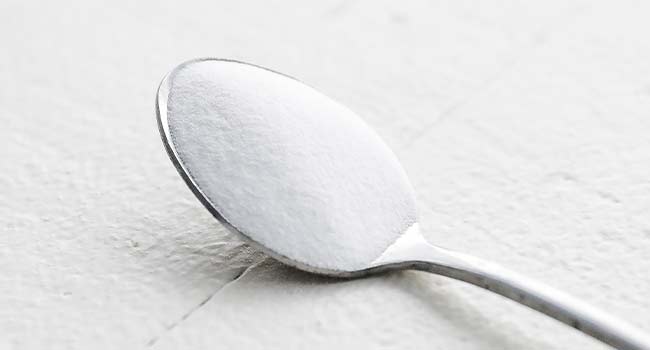
Finally, powder or flour salt. I learned about this 5 years ago when I was at an Italian restaurant in San Francisco, and I sat at a cool table really close to the grill. The Grillardin, or grill chef, was seasoning all the meat with this powder-like seasoning. I had to ask, and he told me it was flour salt.
This was fascinating because I had never seen anyone use it before. My guess is because there are no chunks at all, it can very evenly season food. It’s essentially pulverized salt until it resembles a powder or flour-like substance.
It can be used in just about any cooking and is good to bake with since it just mixes right in with the other dry ingredients. It’s also great to brine with because it dissolves almost instantly.

chef notes + tips
- All these salts can be used in your everyday cooking or baking.
- Any size grain of salt is acceptable to use in cooking, just know the larger the grain the harder it is to evenly season.
Recipes to Use Salt In
Be sure to follow me on Facebook, YouTube, Instagram, and Pinterest, and if you’ve had a chance to make this, then definitely drop me a comment and a rating below!

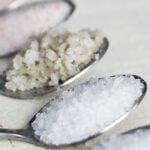
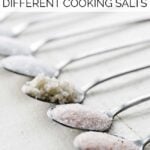
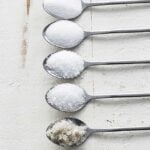
Thank you ChefBilly so good to be shown &uses ..history 😁😋🥁
Thanks Chef, this was Very Helpful. This takes a pinch of salt to a whole new meaning. 😉
Chef Billy thank you for this info. Is there a website you could recommend?
One that sells some of the different salts you mention??
Appreciate your comments ~ Thank you
you’re welcome, thank you!
Thank you Chef Billy 👋😁🤩😁
many thanks!
Wow i did not know there were so many different types of salts. Thank you for sharing. And now I want to try different types and learn the different flavors
my pleasure!
Thank you for all your tips, and passion for Good Food and Cooking!
many thanks!
Just LOVE ALL YOUR RECIPES an Your Amazing Vídeos ! You are The BEST Of The Very Best ! Million Thanks For You, Barbara A. Lucarelli ❤️👍🙏
Thank you!
Love watching & learning new tips from you.
my pleasure
Thanks for the fabulous article packed with useful information. I have a number of the salts you mentioned but almost exclusively use sea salt in my cooking & baking. Now I understand their tastes & usage better & will try some of the others.
thank you!
Love it, it was truly interesting.
appreciate you trying this!
Loved to be aware of all the salts to be aware of added agents thank you ChiefBilly 😁👏👋😊
thanks!
You forgot Black Salt from Hawaii. I suppose it is due to lava that gets its color. It is very tasty and I use it on baked potatoes where you can really see the black color.
can’t do’em all.
I keep kosher salt in a pepper mill to use on my fries and other fried foods
Very interesting article! Thank you for your advice and wonderful recipes🍅🧄🫑
Chef Parisi, you are the salt of the earth when comes to usable, applicable information even on something as common as salt. I have smoked sea salt and pan to use it on the Teriyaki Ginger salmon filet’s tonight. Thank you again. God bless you and your family. Peace my friend. Your Comie, Curtis.
Thank you Chef. I printed this out for reference. I’ve picked up salts from my travels all over the world and enjoy using them. One good use for table salt – cleaning the cast iron grill pan.
I have followed recipes and changed the type of salt they called for (often Himalayan instead of kosher), and I had some pretty salty results. Do you have to adjust the amount if you swap them? Tks!
I would not do a table salt for any of the other salts 1 for 1. Some of the salts have different tastes like the Celtic salt, so some of it really will be about testing and tuning to get it right.
Which salt and how much per quarter would u suggest for water to boil for pasta
Make it as salty as the ocean.
I’ve got 5 out of the 7 & was just talking to my husband about what the difference between them really were. Thank you for this information..VERY HELPFUL.
Your the best, the way you teach and the most delicious recipes I ever made.
Thank you 👍